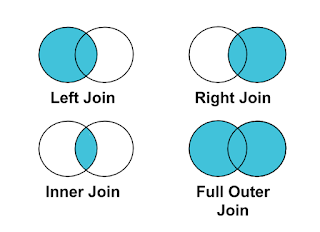RFM Segmentation
You must be aware of various customer segmentation techniques and analyses. Let's discuss one of the most important analyses today i.e. RFM Segmentation. What is this 3 letter term can do? The answer is it can do wonders let's get to know more about it. RFM analyses are the method of separating your customers based on RFM scores which will help you in identifying your best customers and lost customers. RFM is an acronym for Recency, Frequency, and Monetary. The main idea behind this analysis is to understand your customers well because it will separate your customers based on how recently your customer made any purchase, how often they are buying, and what is the average cost of their orders.
RFM analyses can be performed in various analytical and programming tools such as Python, R, and Excel. I have done it in Excel on sample data. How to do it in Excel?
- Select the right data and insert a pivot table and select the pivot table field accordingly in my case I have selected the product ID, customer ID, profit, and recency.
- Now we need to obtain the RFM score to categorize the customers for that you need to obtain quartiles of your data set separately for recency, monetary, and frequency for that we will use Quartile.inc($data$range, 0 to 4 ).
- Add columns separately for r score, f score, and m score. These scores can be obtained by nested IFs formula. After obtaining all scores use a simple formula to obtain rfm score i.e. R score*100 + F score *10 + M score*1.
Column B represents the recency.
Based on your RFM score you can segregate your customer using nested IFs and quartile.inc. If we consider this analysis it is based on the behavior history of any customer which can change in the future. In that case, you can't totally rely on such analyses for that there are many other advanced customer segmentation techniques that are based on predictive analytics. Also, this analysis is mainly focused on 3 variables (recency, frequency, and monetary) which are vital but there can be other variables in different datasets that should be considered for customer segmentation. Your method can differ depending on your dataset but the idea will remain the same.
Overall such analysis is highly data-driven in nature and allows us to make informed decisions. Strategies can be made by focusing on different groups which will help any organization to improve the customer retention rate and engagement rate.
Thanks for Reading Let's connect on LinkedIn







Comments
Post a Comment